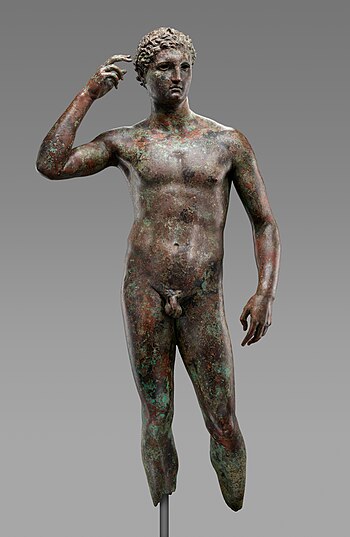Wikipedia:2008 main page redesign proposal/h2g2bob
The free encyclopedia that anyone can edit.
About Wikipedia – Help – How to edit – Where to ask questions
Today's Featured Article
T2 was a torpedo boat of the Royal Yugoslav Navy. Originally a 250t-class torpedo boat of the Austro-Hungarian Navy, commissioned on 11 August 1914 as 77T, she saw active service during World War I, performing convoy, patrol, escort, minesweeping and minelaying tasks, anti-submarine operations, and shore bombardment missions. Present in the Bocche di Cattaro during the short-lived mutiny by Austro-Hungarian sailors in early February 1918, members of her crew raised the red flag but took no other mutinous actions. The boat was part of the escort force for the Austro-Hungarian dreadnought Szent István when that ship was sunk by Italian torpedo boats in June 1918. Following Austria-Hungary's defeat in 1918, the boat was allocated to the Navy of the Kingdom of Serbs, Croats and Slovenes, which became the Royal Yugoslav Navy in 1921, and was renamed T2. During the interwar period, Yugoslav naval activity was limited by reduced budgets. Worn out after twenty-five years of service, T2 was scrapped in 1939. (This article is part of a featured topic: Ships of the Royal Yugoslav Navy.)
In the news

- Voepass Linhas Aéreas Flight 2283 (aircraft pictured) crashes in the Brazilian state of São Paulo, killing all 62 people on board.
- Sheikh Hasina resigns as the prime minister of Bangladesh following anti-government protests, and Muhammad Yunus is appointed leader of an interim government.
- Following a mass stabbing in Southport, far-right protesters riot in England and Northern Ireland.
- The United States, Russia, and their respective allies agree to a prisoner exchange of 26 people.
Search 6,865,788 articles
in English (other languages)
Browse Wikipedia
Sister projects
Wikipedia is hosted by the Wikimedia Foundation, a non-profit organization that also hosts a range of other projects:
- Commons
- Free media repository
- Wikinews
- Free-content news
- Wiktionary
- Dictionary and thesaurus
- Wikiquote
- Collection of quotations
- Wikibooks
- Free textbooks and manuals
- Wikisource
- Free-content library
- Wikispecies
- Directory of species
- Wikiversity
- Free learning materials and activities
- Meta-Wiki
- Wikimedia project coordination
Picture of the Day

|
The Victorious Youth is a Greek bronze sculpture created between 300 and 100 BCE. It is currently displayed at the Getty Villa, a museum in Pacific Palisades, California. The sculpture was found in the summer of 1964 in the sea off Fano on the Adriatic coast of Italy, snagged in the nets of an Italian fishing trawler. In 1977, the J. Paul Getty Museum purchased the bronze. Bernard Ashmole, an archaeologist and art historian, was asked to inspect the sculpture by Munich art dealer Heinz Herzer; Ashmole and other scholars attributed it to Lysippos, a prolific sculptor of Classical Greek art. The research and conservation of the Victorious Youth dates from the 1980s to the 1990s and is based on studies in classical bronzes by ancient Mediterranean specialists in collaboration with the Getty Museum. Scholars have various theories as to the identity of the subject, the least controversial of which is that the figure was an ancient Olympic runner who held a victor's palm branch in his left arm. His right hand reaches to touch the winner's olive wreath on his head. Sculpture credit: attributed to Lysippos; photographed by the J. Paul Getty Museum
Recently featured:
|
